Introducing the Anole: A Jewel of the Reptile World
Anoles, often referred to as “American chameleons,” are not true chameleons, but they share some similarities in color change. They belong to the family Dactyloidae and are found mainly in the southeastern United States, the Caribbean islands, and parts of Central and South America. With more than 200 distinct species, anoles display remarkable diversity in color, size, and behavior, capturing the interest of scientists and nature enthusiasts alike.
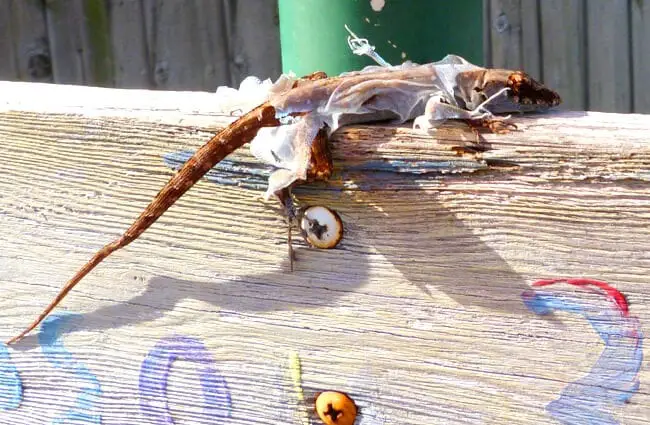
Habitat and Distribution
Anoles are arboreal lizards that spend most of their lives in trees, shrubs, and occasionally in human-made structures. They thrive in forests, woodlands, gardens, and even urban areas where sufficient vegetation exists. Different species have adapted to specific niches: the Carolina anole is commonly found in pine forests, while the Puerto Rican crested anole prefers the rainforests of Puerto Rico. Their range extends from Virginia to Florida and across the Caribbean, with some species present in Central and South America.
Physical Characteristics
Anoles are relatively small, with most species measuring 5 to 8 inches from snout to the tip of the tail. Key features include a prominent dewlap—a flap of skin beneath the throat—used in communication and display, especially by males. Many species have a crest or a row of scales along their back, varying in size and shape. While many anoles are green, others appear brown, gray, or reddish, allowing them to blend into their surroundings. Anoles can change color, though not as dramatically as true chameleons; the change is driven by temperature, humidity, light, and emotional state, helping regulate body temperature and communicate with conspecifics. Their toe pads contain microscopic lamellae that enable them to grip smooth surfaces with great agility.
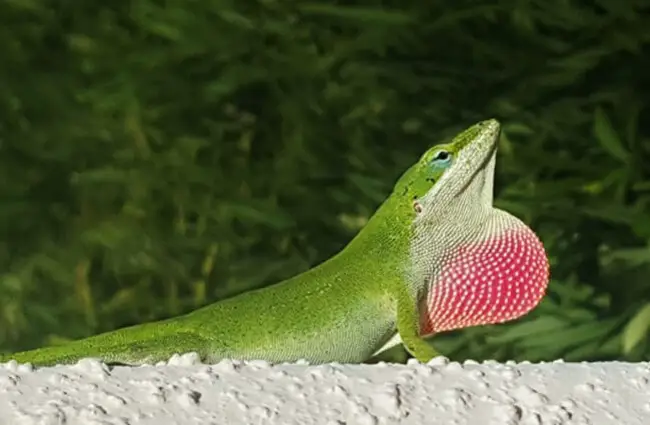
Diet and Feeding Behavior
Primarily insectivores, anoles feed on a variety of insects and small invertebrates, such as crickets, grasshoppers, moths, spiders, and beetles. They are active hunters, using keen eyesight and quick reflexes to capture prey. Many species extend their sticky tongues rapidly to snatch insects from a distance. Occasionally, they consume small amounts of fruit and plant matter, especially when insects are scarce. The size of the prey an anole will take depends on its own size; larger species can tackle bigger insects.
Reproduction and Life Cycle
Anoles are oviparous, laying eggs during the spring and summer. Males attract females with elaborate displays that involve dewlap extensions, head bobs, and body posturing. After mating, a female lays one to four leathery, oval-shaped eggs in moist, sheltered spots such as leaf litter or tree crevices. Incubation lasts roughly 45 to 60 days, depending on temperature. Hatchlings are miniature versions of adults and become independent almost immediately, beginning to forage for insects and hone their hunting skills. In the wild, anoles typically live 3 to 5 years, although some can live longer in captivity.
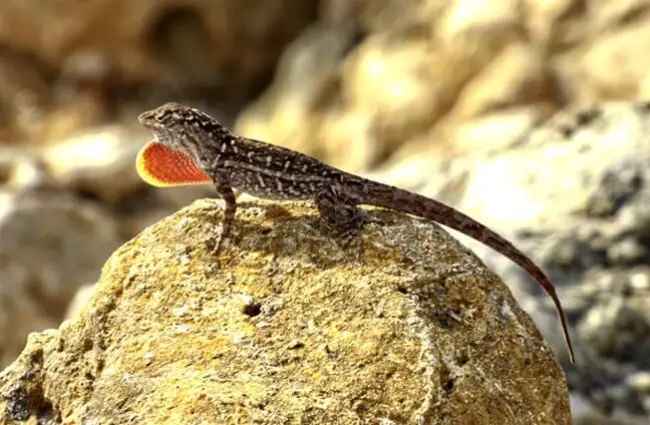
Ecological Role and Interactions
Anoles play a vital role as insectivores, helping control populations of various insects and contributing to the balance of the food web. They also serve as prey for larger predators, including birds, snakes, and mammals. Within lizard communities, anoles engage in complex interactions; in many cases, different species coexist peacefully by occupying distinct ecological niches, but competition for resources can lead to territorial disputes and displacement. Anoles exhibit defensive behaviors such as autotomy, where they detach their tail to escape predators. The tail regenerates over time, though it may not be identical to the original.
Anoles and Humans
Anoles have interacted with humans for centuries. In some cultures, they are considered symbols of good luck or are used in traditional medicine. Today, anoles are popular pets due to their vibrant colors and relatively low maintenance needs. Proper care—appropriate housing, diet, and lighting—is essential to ensure their well‑being. Scientists also study anoles extensively, using them to gain insights into evolution, behavior, and ecology. Their adaptability and unique physiological traits make them fascinating subjects for research.
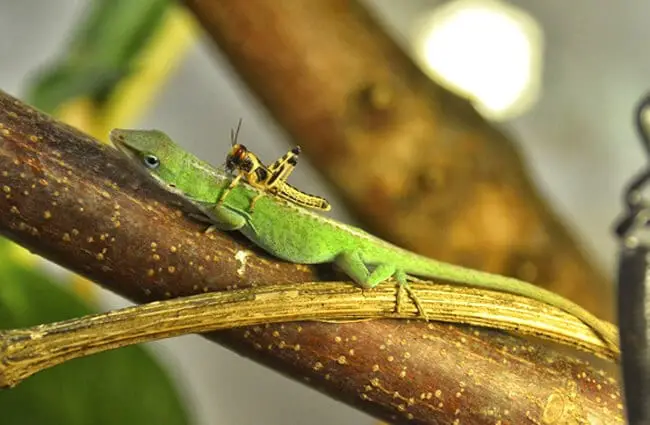
Evolutionary History and Species Diversity
The evolutionary history of anoles is a story of adaptation and diversification. Researchers believe that anoles originated in the Caribbean islands and then dispersed to the southeastern United States and parts of Central and South America. This spread occurred via island hopping and rafting on vegetation. Over time, isolated populations evolved into distinct species, each adapted to its specific environment. The Caribbean islands host a remarkable number of endemic anole species, a result of geographic isolation and natural selection. Recent studies suggest that anoles have undergone rapid evolutionary changes in response to environmental pressures such as climate change and habitat loss.
Spotting Anoles in the Wild
When exploring anole habitats, increase your chances of spotting one by looking for sunny spots on trees, shrubs, and fences. Anoles are ectothermic and rely on external heat sources to regulate their body temperature, so they often bask in the sun. Scan the foliage carefully and listen for rustling leaves, which may indicate movement. Be patient and observant; even well‑camouflaged anoles can sometimes be detected by subtle color changes or quick glances at the sky.
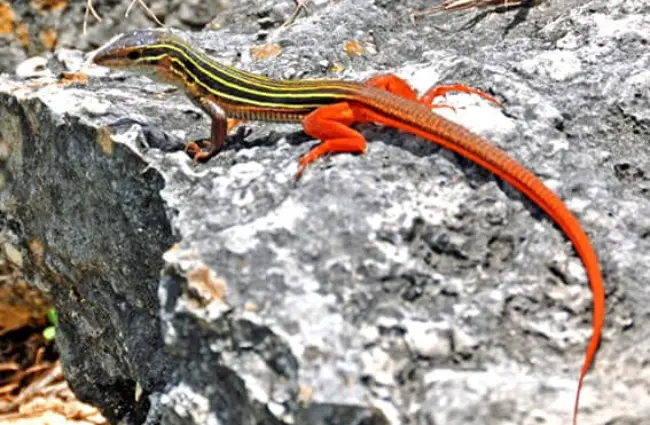
Caring for Anoles in Captivity
Keeping anoles as pets requires attentive care. Provide a spacious enclosure with plenty of climbing branches, plants, and hiding places. Maintain a temperature gradient: a basking spot of about 85 to 90 degrees Fahrenheit and a cooler area of 70 to 75 degrees Fahrenheit. Provide UVB lighting to support calcium absorption and prevent metabolic bone disease. Feed a diet of live insects—crickets, mealworms, and waxworms—dusted with calcium and vitamin supplements. Include a shallow water dish for drinking and mist the enclosure regularly to keep humidity at 60 to 70 percent. Clean the enclosure frequently to prevent bacteria and parasite buildup. Monitor your anole for signs of illness, such as lethargy, loss of appetite, or abnormal behavior, and consult a veterinarian if needed.
Anoles remain a compelling subject for scientists and nature lovers alike. Their remarkable adaptability, vibrant coloration, and unique behaviors continue to fascinate and inspire. By understanding these incredible creatures and protecting their habitats, we can ensure their survival for generations to come.

![Red Angus Closeup of a beautiful Red Angus cowPhoto by: U.S. Department of Agriculture [pubic domain]https://creativecommons.org/licenses/by/2.0/](https://animals.net/wp-content/uploads/2020/03/Red-Angus-4-238x178.jpg)




![Red Angus Closeup of a beautiful Red Angus cowPhoto by: U.S. Department of Agriculture [pubic domain]https://creativecommons.org/licenses/by/2.0/](https://animals.net/wp-content/uploads/2020/03/Red-Angus-4-100x75.jpg)

